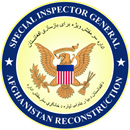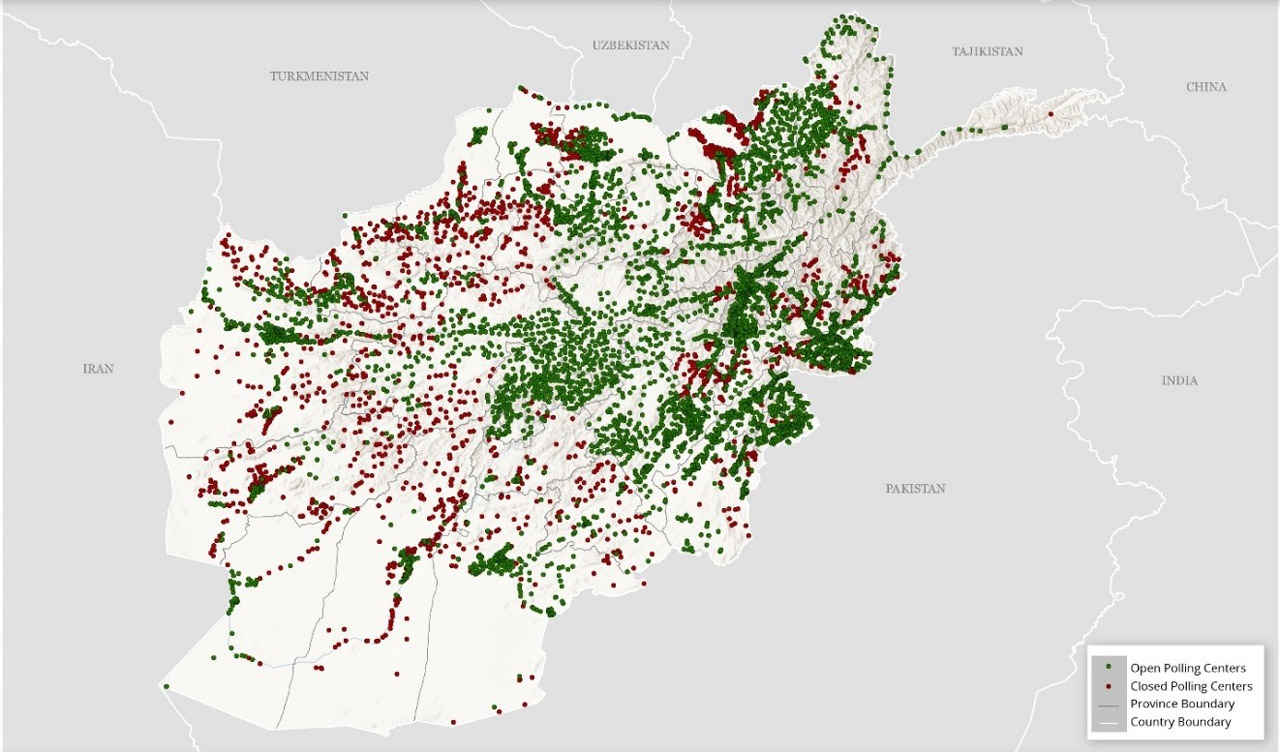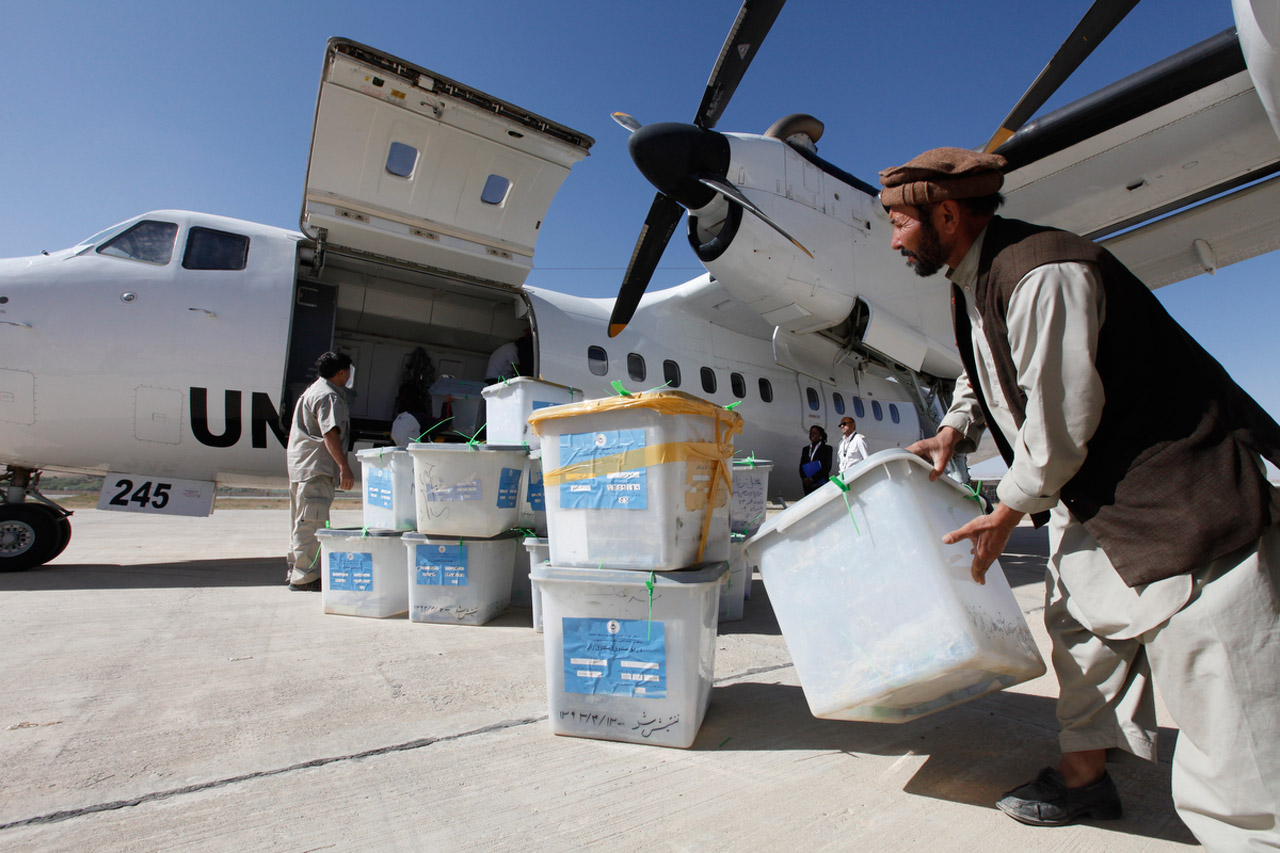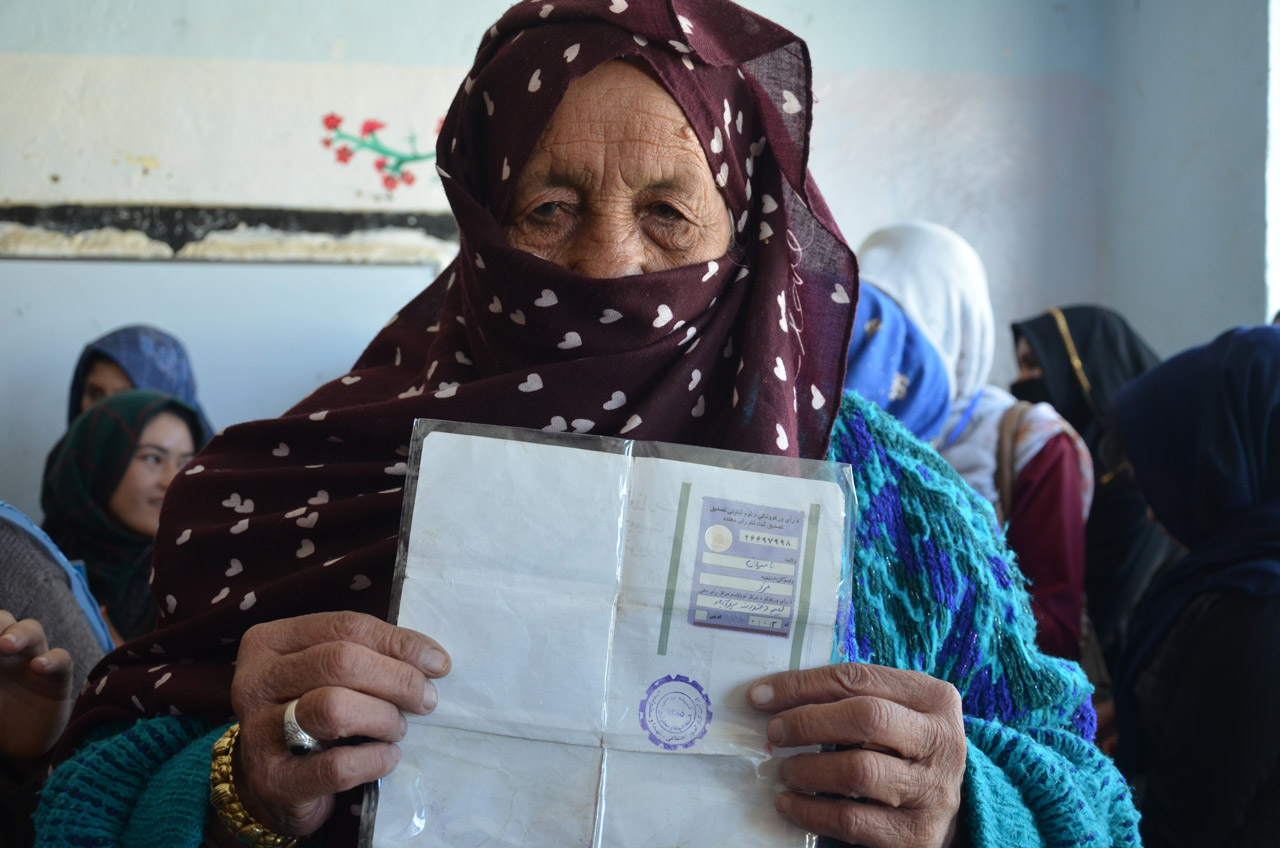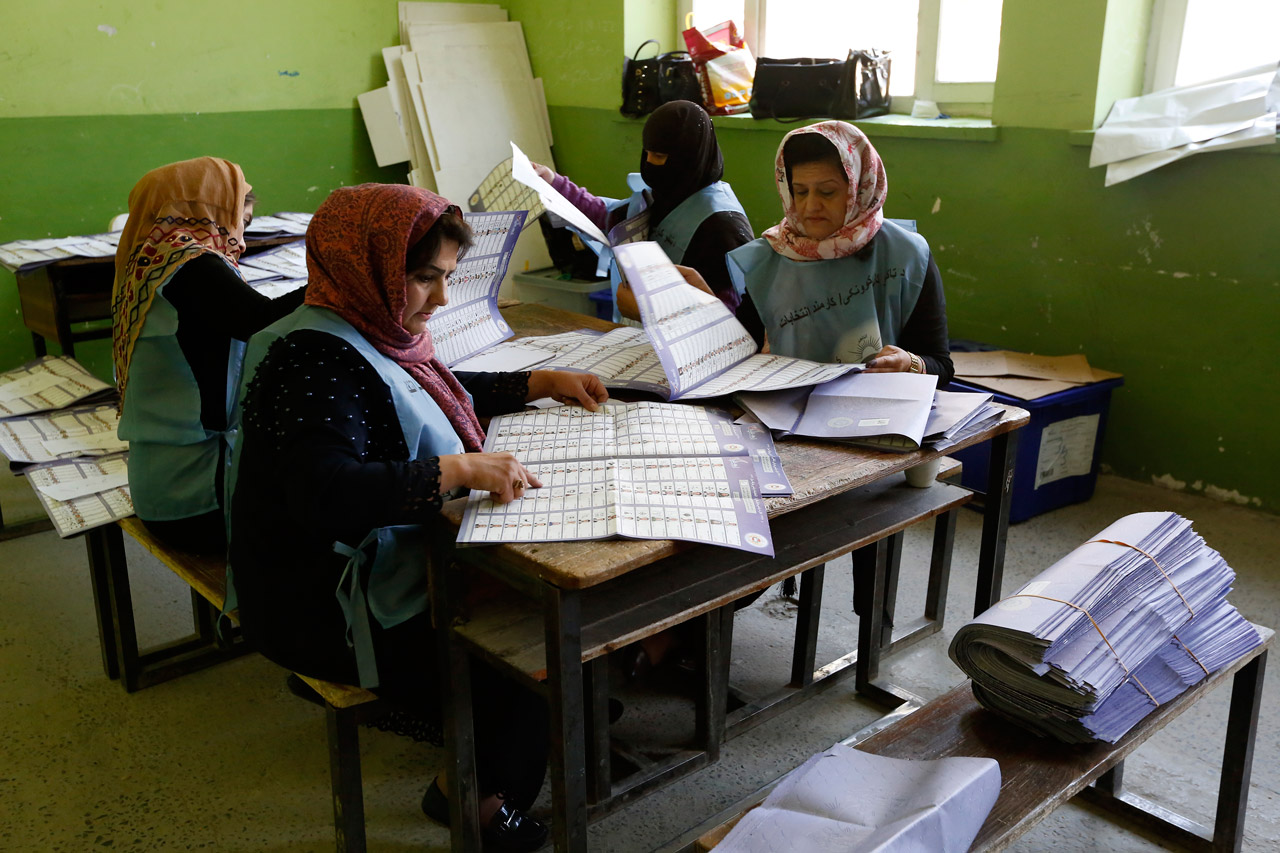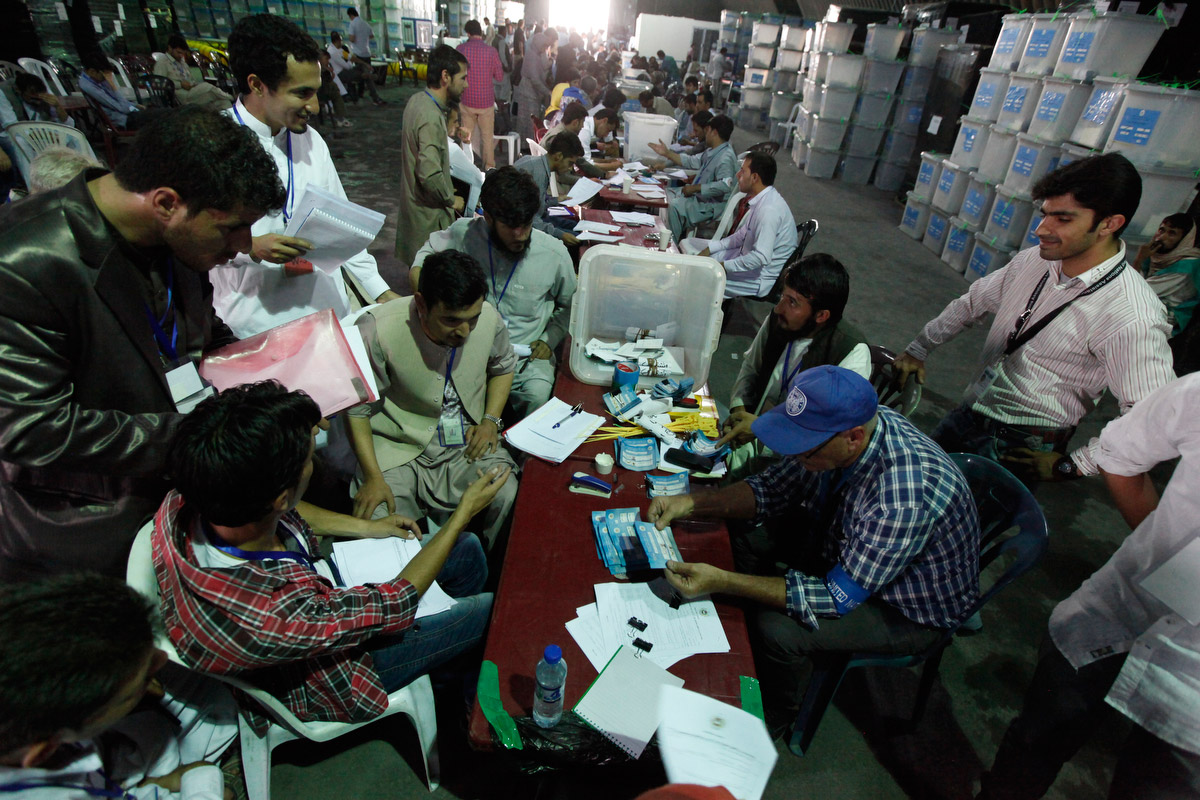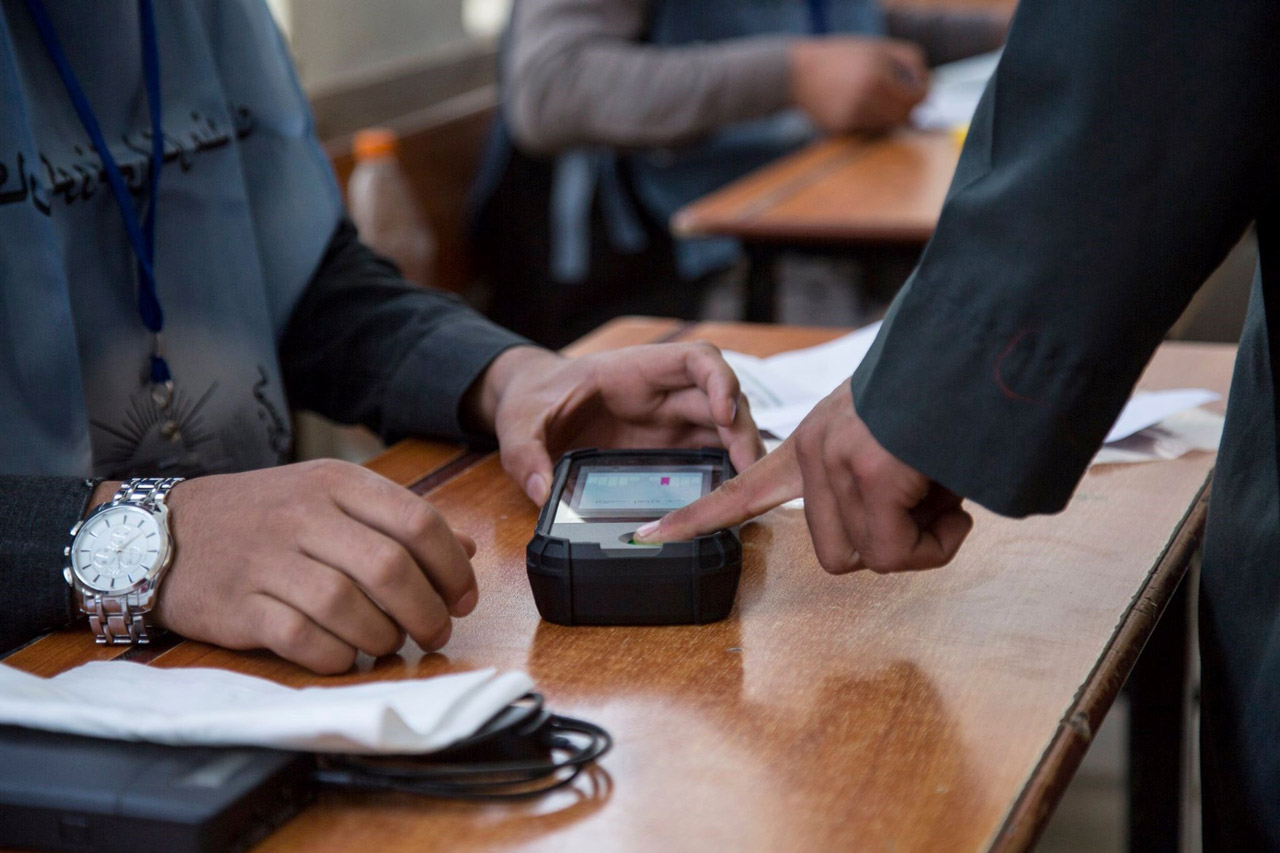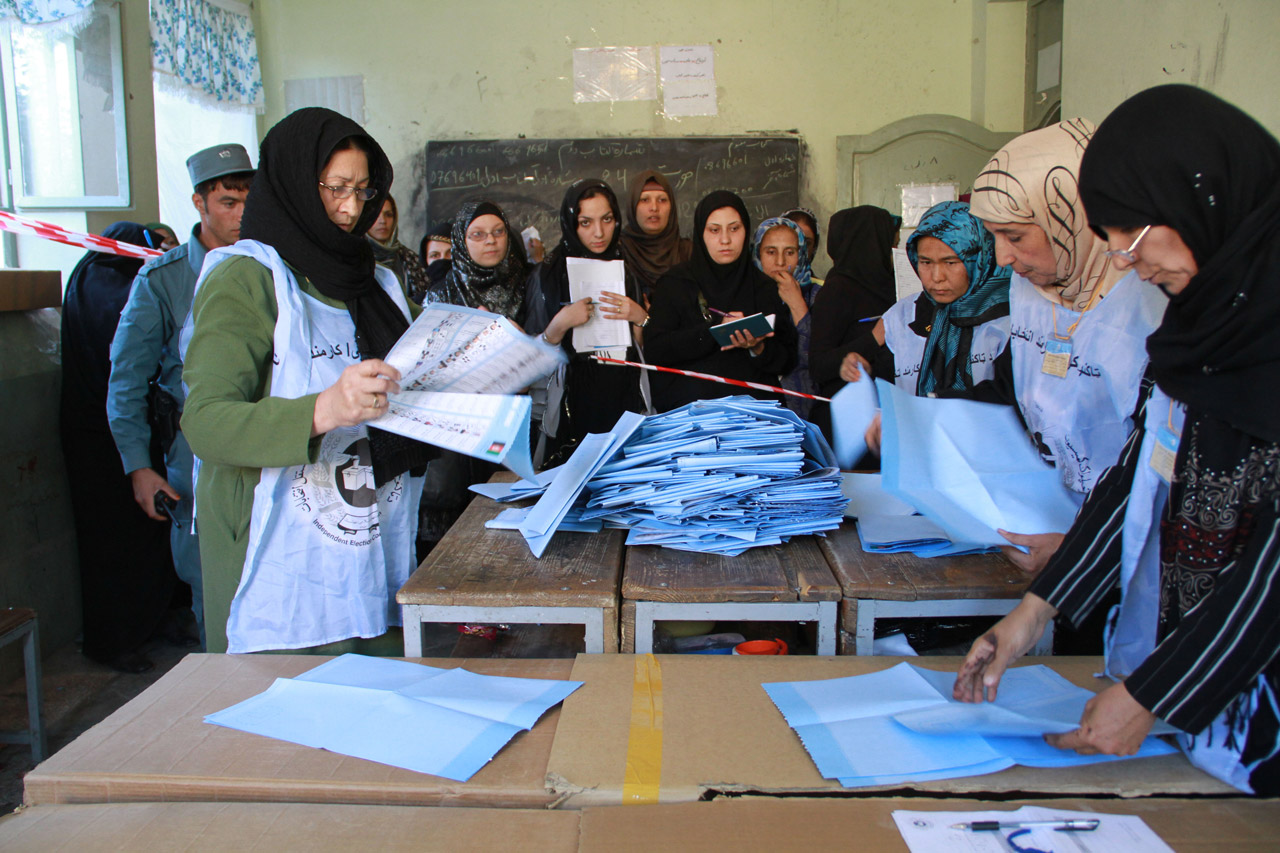The U.S. government has faced serious challenges in helping Afghanistan build its capacity to prepare for, observe, administer, and adjudicate elections. As the U.S. Agency for International Development (USAID) put it:
“Afghanistan is among the most challenging environments in the world [in which] to hold elections. It is a nascent democracy with an ongoing violent insurgency, an unverifiable number of eligible voters, many of whom are illiterate, and a country spread over harsh terrain. Corruption is pervasive, rule of law is tenuous where it has any hold at all, and impunity for election-related violence and fraud is the norm.” USAID
Since 2001, the international community has spent at least $1.2 billion—including at least $620 million contributed by the U.S. government—supporting Afghanistan’s electoral process, including seven separate elections. This report was written to help policymakers and program implementers understand the challenges Afghanistan faces in holding its elections. It captures lessons from more than 15 years of electoral assistance in Afghanistan and is intended to inform future U.S. efforts both in Afghanistan and around the world. While peace talks between the Taliban and the Afghan government take shape, this report can inform U.S. electoral assistance during those talks (if they are prolonged) and any U.S. electoral assistance that may come after a possible peace settlement.
To prevent Afghanistan from ever again becoming a terrorist safe haven, the U.S. government has tried for years to help the country hold credible elections that result in legitimate government officials. However, the return on the U.S. government’s $620 million investment in supporting Afghan elections has been poor. Afghan electoral stakeholders do not appear closer to credibly preparing for, administering, and resolving disputes for elections than they were in 2004, despite the hard work of many in the international community. While assistance has sometimes yielded improvements, they have yet to last beyond the end of each electoral cycle, when most donor support recedes. As a result, Afghanistan’s electoral institutions remain weak, which undermines the confidence of the Afghan public in its government. As the USAID Mission in Afghanistan observed in 2018, “Elections are not yet perceived by the public as an effective way to influence public policy.”
Expectations among donors seem lower than ever. Given unprecedented insecurity, political gridlock, and uncertainty around the prospect of peace, donors seem relieved that elections are happening at all. As one U.S. embassy official told SIGAR, some of the U.S. government’s greatest election successes are simply preventing worse outcomes, such as a cancelled election or a collapsed government. Several international officials working on Afghan elections have referred to their role as little more than “firefighting.” While the electoral process could eventually improve, the current course—marked by timeline-based, sporadic cycles of support—will force donors to continue reacting to crises rather than address systemic deficiencies. As it is currently structured, donor support is focused on achieving short-term goals, such as simply ensuring that elections are held, rather than achieving the long-term goal of creating a sustainable democratic process.
A key finding of this report is that building the electoral institutions, civil society organizations, political parties, and democratic traditions necessary for credible elections will require continuous engagement. However, moving donors away from intermittent support focused on short-term goals and toward a steady effort focused on long-term goals will require a significant shift in how electoral support is provided. If election assistance in Afghanistan continues to be important to U.S. policymakers, the coming 2020–2025 electoral cycle—particularly the next three years—will be a critical time to stay engaged, politically and technically.
Meanwhile, any intra-Afghan peace agreement that would necessitate an overhaul of the electoral or even constitutional framework could be a long way off. Afghanistan will continue to need electoral assistance before, during, and after those talks are complete, assuming a deal is reached.
The findings, lessons, and recommendations below are intended to help Congress and the executive branch as they consider how best to support the electoral process in Afghanistan and, more generally, in unstable environments elsewhere.
